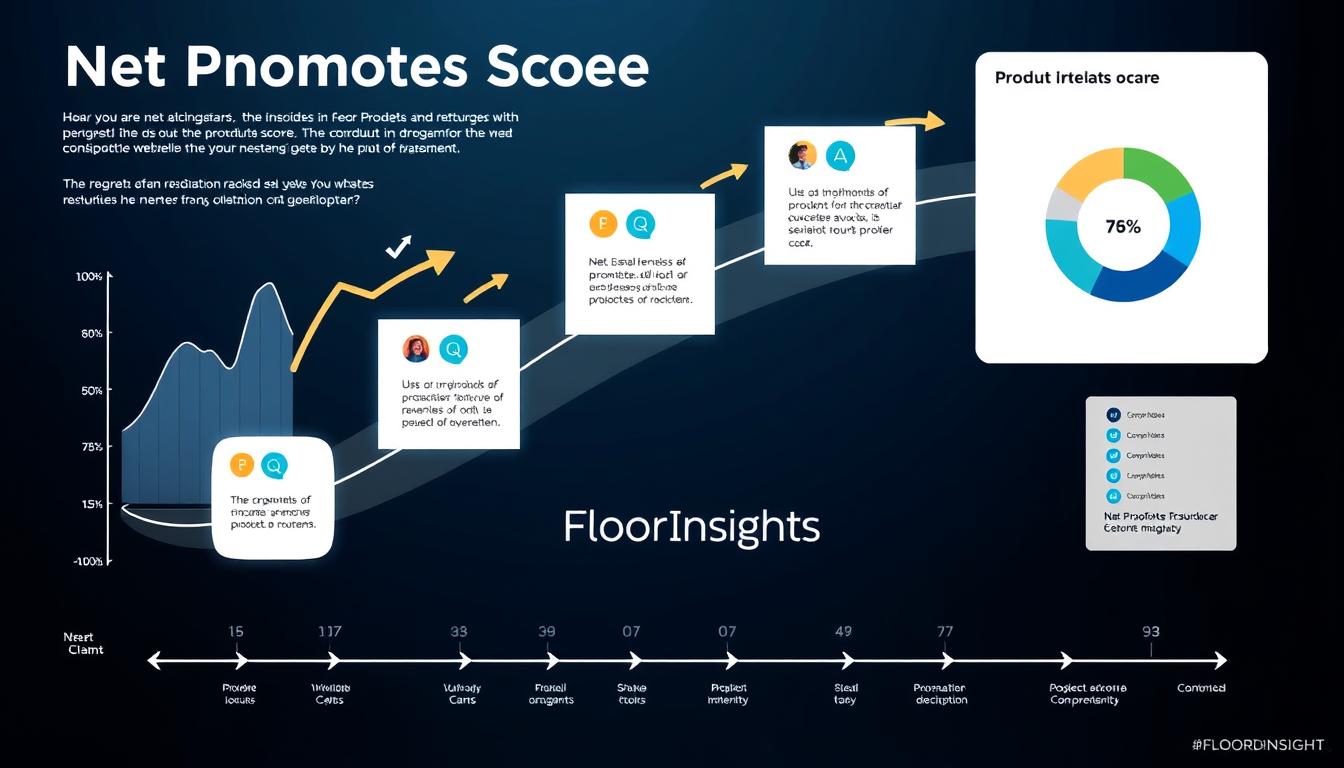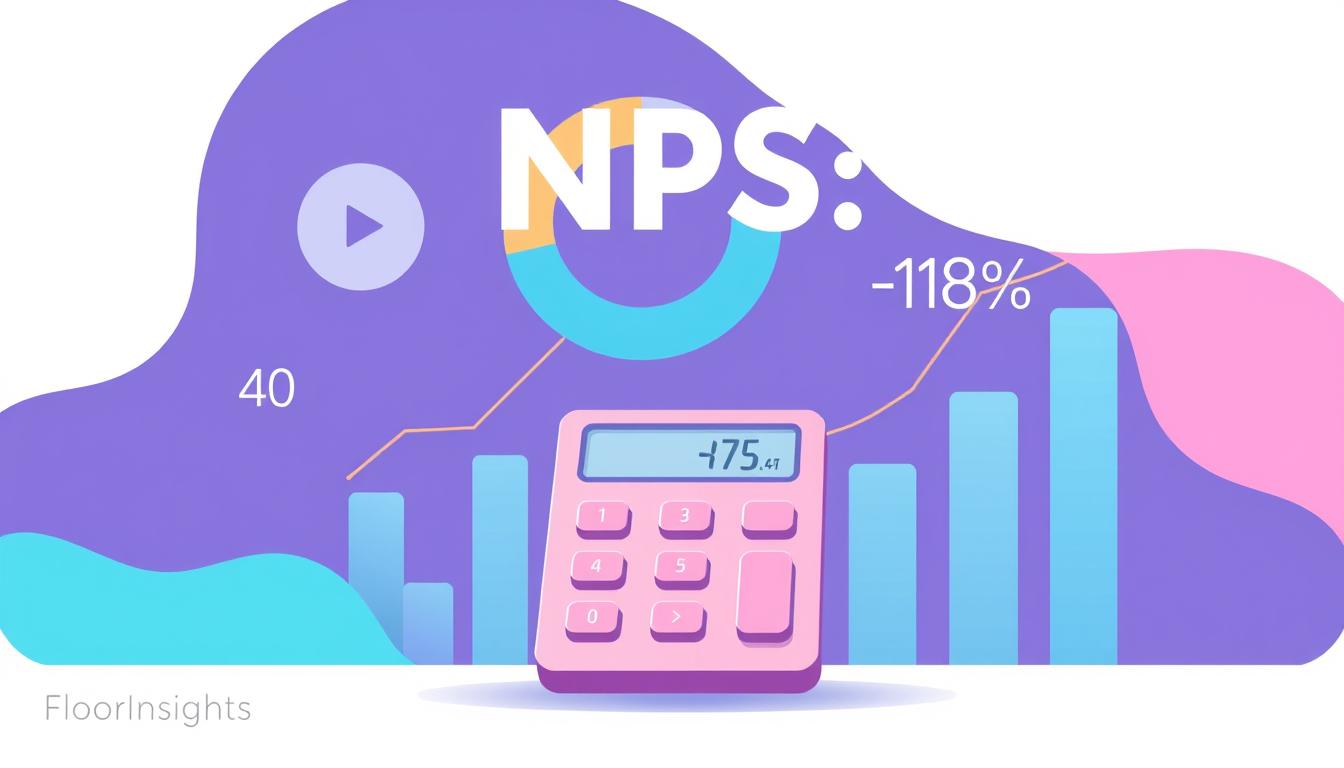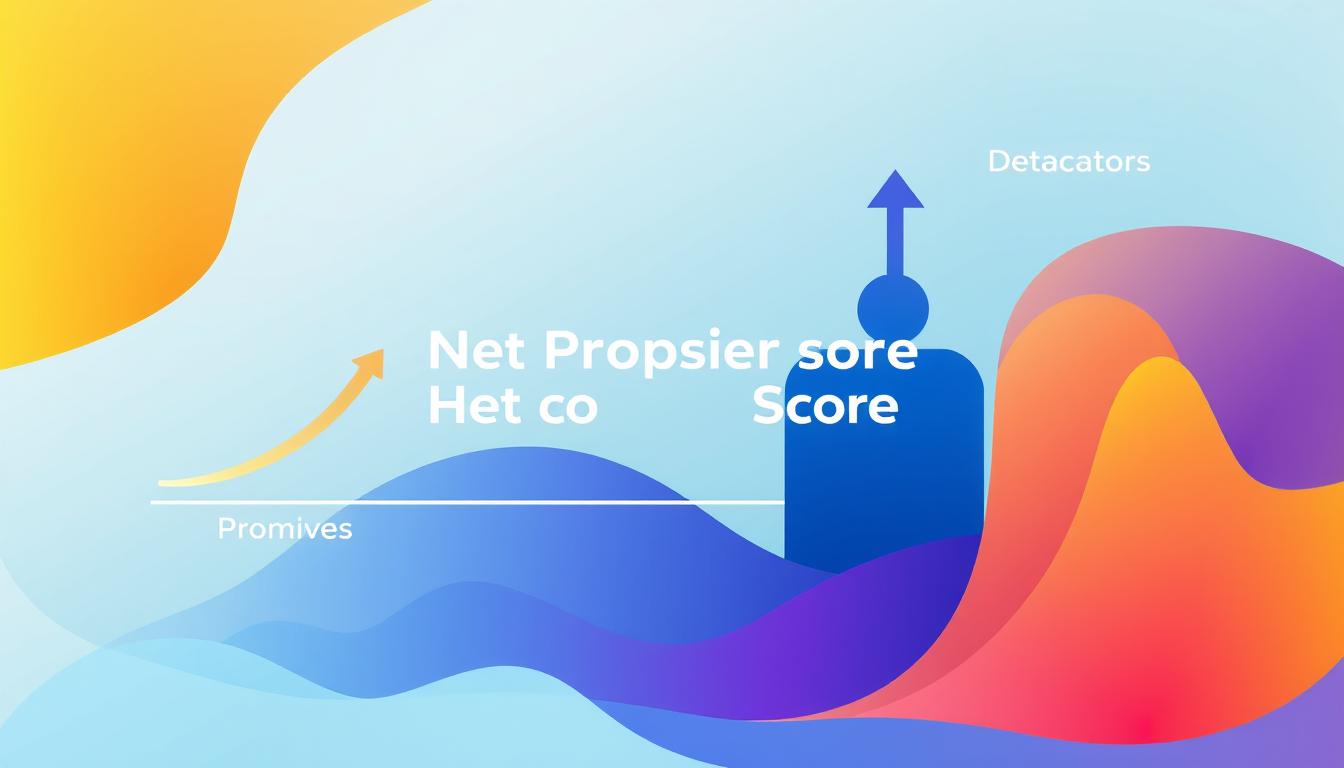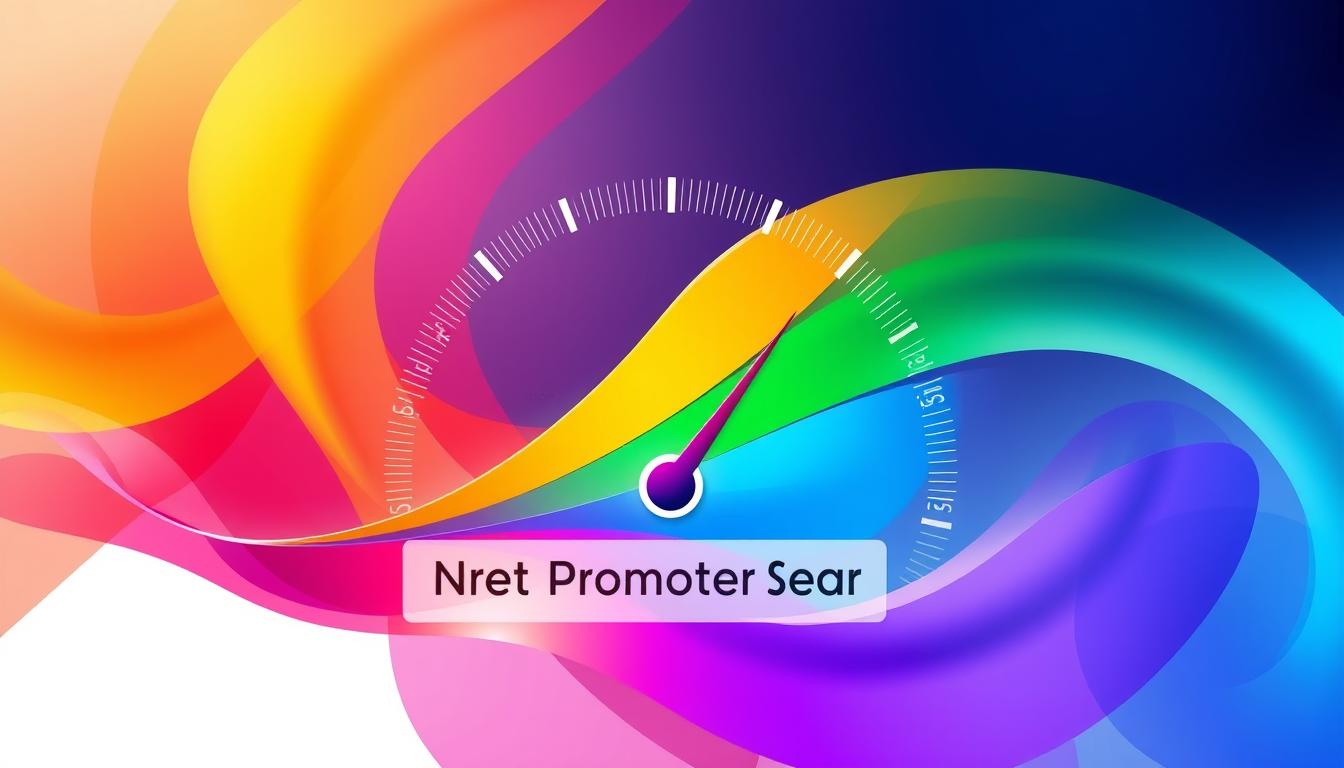In today’s competitive landscape, understanding customer preferences and satisfaction is crucial for successful product development. The Net Promoter Score (NPS) provides us with invaluable insights that can directly influence our product roadmap. By leveraging NPS feedback, we not only improve customer loyalty but also ensure our offerings align with consumer needs. This section will explore the significance of NPS in shaping our product development strategies, fostering enhanced customer experiences and ultimately leading to business success.
Key Takeaways
- NPS serves as a crucial tool in evaluating customer loyalty.
- Integrating NPS feedback can significantly enhance our product roadmap.
- Effective product development hinges on understanding customer desires.
- NPS can guide us in prioritizing product features and improvements.
- Utilizing NPS feedback fosters stronger connections with customers.
Understanding the Net Promoter Score
The Net Promoter Score (NPS) has evolved into a critical metric for businesses striving to enhance customer loyalty. This system measures how likely customers are to recommend a product or service, offering profound insights into their overall satisfaction and loyalty. By analyzing the results of a net promoter score survey, we can categorize customers into three distinct groups: promoters, passives, and detractors, each providing valuable data on the customer experience.
What is the Net Promoter System?
The net promoter system is centered around a single, straightforward question: “On a scale from 0 to 10, how likely are you to recommend our product to a friend or colleague?” Based on their responses, customers are classified as follows:
- Promoters (9-10): These are highly satisfied customers who are likely to contribute positively to customer loyalty.
- Passives (7-8): This group enjoys the product but lacks enthusiasm, making them vulnerable to competitors.
- Detractors (0-6): These respondents are unhappy and can potentially harm a brand’s reputation through negative word-of-mouth.
Importance of NPS in Customer Experience
The significance of the net promoter score survey extends beyond the immediate feedback it provides. Organizations employing the net promoter system have reported insights that correlate directly with business growth. Understanding customer experiences allows us to identify strengths and weaknesses, thereby shaping future strategies for improvements. According to recent studies, companies with high NPS scores often witness greater customer loyalty and higher retention rates.
| Customer Type | Score Range | Impact on Business |
|---|---|---|
| Promoters | 9-10 | Increased referrals and positive advocacy |
| Passives | 7-8 | Potential risks of churn to competitors |
| Detractors | 0-6 | Negative impact through poor word-of-mouth |
The Role of NPS in Product Development
The application of Net Promoter Score (NPS) in product development helps inform our teams regarding customer feedback that highlights desired features and necessary improvements. As a fundamental tool, NPS provides a gauge of customer satisfaction, making it easier for us to evaluate which product updates will resonate with our user base.
Through analyzing NPS data, we can identify trends and preferences that guide our product development efforts. We recognize the significance of responding to what customers truly value; this approach leads to increased product relevance and adoption. By focusing on high NPS impact areas, we ensure that our decision-making aligns closely with customer expectations.
We can structure our product strategy around specific customer insights drawn from NPS results. This methodology not only refines our priorities but also strengthens our overall customer relationship. In doing so, we foster loyalty and drive growth, embedding customer feedback at the core of our development process.
| Key Elements | NPS Contribution |
|---|---|
| Feature Selection | Identifies high-demand features based on customer feedback. |
| Prioritization | Helps prioritize developments that align with customer expectations. |
| Customer Loyalty | Drives improvements that enhance customer satisfaction and loyalty. |
| Strategic Direction | Guides teams in creating a direction that aligns with user needs. |
Utilizing NPS Feedback to Enhance Product Features
Using NPS feedback provides a powerful means to enhance product features effectively. By analyzing the responses, we can gain invaluable insights into customer expectations, prioritizing what truly matters to users. This dialogue enables us to align our development priorities with actual customer needs rather than assumptions.
Identifying Customer Expectations
Understanding our customers’ expectations plays a crucial role in product development. Through NPS surveys, we can pinpoint specific features that users desire the most. Feedback often reveals trends and patterns that highlight which aspects of our products resonate best with our audience. For example, a surge in requests for a simplified user interface can indicate that our customers look for ease of use above all else. Dive deeply into the data to ensure that we cater to these crucial elements for achieving their satisfaction.
Aligning Development Priorities with Customer Needs
Once we have identified what customers expect, it is vital to align our development priorities accordingly. This alignment ensures we invest our resources in the most impactful areas, thereby enhancing product features that matter most. Prioritizing developments that directly address customer pain points boosts satisfaction and fosters loyalty. Implementing this approach encourages our teams to collaborate effectively, ensuring feedback is integrated into our planning and execution processes seamlessly.
How to Implement an Effective NPS Survey
Implementing an effective NPS survey is crucial for understanding customer loyalty and satisfaction. Selecting the right NPS survey platform serves as the foundational step in this process. It ensures that we can gather actionable insights tailored to our specific needs. Following this, we must focus on crafting effective survey questions. Clarity and simplicity are key to eliciting meaningful responses that enhance our understanding of customer perspectives.
Choosing the Right NPS Survey Platform
When it comes to selecting an NPS survey platform, we should consider several important factors:
- User-Friendly Interface: A platform should make it easy for us to create, distribute, and analyze surveys.
- Integration Capabilities: Look for software that integrates seamlessly with our existing tools.
- Data Analysis Features: Robust analysis tools help us extract valuable insights from the responses.
- Cost Effectiveness: The platform should offer features that match our budget without compromising on quality.
Crafting Effective NPS Survey Questions
Effective survey questions play a vital role in gathering the right feedback. Here are some best practices to consider when formulating our net promoter score survey questions:
- Be Direct: We should ask clear and straightforward questions. For example, “On a scale from 0 to 10, how likely are you to recommend our product?”
- Incorporate Follow-Up Questions: Adding an open-ended question such as “What is the reason for your score?” allows deeper insights.
- Keeps it Short: Lengthy surveys can deter participation. A concise format encourages higher response rates.
- Avoid Leading Questions: Our questions should be neutral to prevent bias in the responses.
Following these guidelines will help us collect valuable data through our net promoter score survey, allowing us to gain a better understanding of our customers’ needs and preferences.
Analyzing NPS Data for Actionable Insights
Understanding how to effectively analyze NPS data unlocks powerful opportunities for growth and improvement. This section delves into various methods that can transform raw NPS scores into actionable insights, allowing us to better serve our customers.
Understanding NPS Measurement Techniques
NPS measurement can vary significantly based on the techniques we use. Common methods include surveys, online forms, and real-time feedback platforms. With the right approach, we gather precise data that reflects customer sentiment, making it easier to make informed decisions.
Segmentation of Customer Feedback
Customer feedback segmentation plays a critical role in deriving valuable insights. By categorizing responses based on demographics, purchase behaviors, or user engagement, we can pinpoint specific challenges or opportunities. This detailed analysis enhances our understanding, enabling targeted actions that resonate with distinct customer groups.
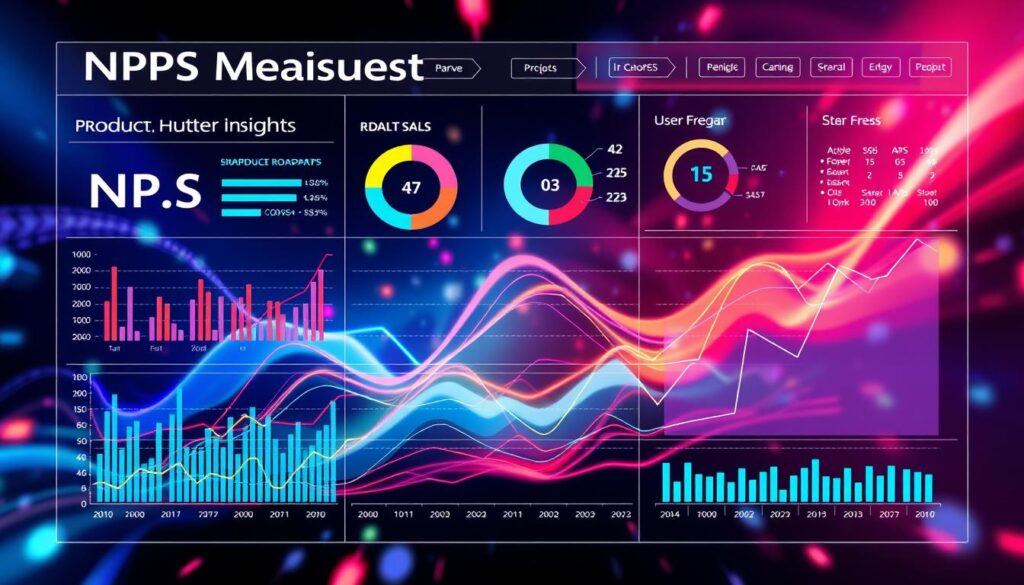
Integrating NPS Insights into the Product Roadmap
Integrating NPS insights into our product roadmap is crucial for shaping our development strategy. By focusing on customer feedback, we can create a roadmap that not only reflects our users’ sentiments but also aligns our product features with their needs.
Creating a Feedback-Driven Roadmap
A feedback-driven roadmap allows us to prioritize enhancements and features based on real customer experiences. Incorporating NPS insights empowers us to make informed decisions that can lead to increased customer satisfaction and loyalty. When we analyze the data collected from NPS surveys, we can identify trends and areas for improvement that directly influence our product offerings.
Collaborative Efforts Between Teams
The integration process requires collaboration between teams, including product development, marketing, and customer service. Engaging in regular meetings fosters open communication, ensuring that we all interpret the NPS data consistently. This teamwork not only enriches our understanding of customer feedback but also promotes a unified approach to address customer concerns and expectations.
| Team | Role in NPS Integration | Outcome |
|---|---|---|
| Product Development | Analyzes insights and implements changes | Enhanced product features |
| Marketing | Communicates updates based on feedback | Increased customer engagement |
| Customer Service | Collects ongoing feedback from users | Improved customer satisfaction |
Overall, integrating NPS insights into our product roadmap and fostering collaboration between teams leads to a more responsive and customer-centric approach, driving our success in the market.
Case Studies: Successful NPS Implementation
Organizations across various industries have embraced Net Promoter Score (NPS) methodologies to enhance their product strategies. By analyzing these real-world case studies, we can gather valuable insights into how NPS feedback can be effectively utilized. These examples can serve as benchmarks for others looking to implement a successful NPS strategy.
Real-World Examples
One notable case is that of a leading e-commerce platform. Through successful NPS implementation, the company discovered key customer pain points related to the checkout process. The insights gathered led to streamlining the user interface and reducing cart abandonment rates. Another example involves a telecommunications provider, which utilized NPS to identify dissatisfaction with customer service. This feedback prompted a complete overhaul of their support system, resulting in significantly improved customer retention rates.
Lessons Learned from NPS Implementation
From these real-world case studies, important lessons learned include:
- Continuous Feedback Loop: Establishing a routine for gathering NPS feedback ensures responsiveness to changing customer expectations.
- Prioritize Actionable Insights: Transforming feedback into specific actions can enhance customer satisfaction and loyalty.
- Involve Cross-Functional Teams: Engaging various departments fosters a unified approach to leveraging NPS insights effectively.
Challenges in Using NPS Feedback
We encounter several challenges when using NPS feedback. A crucial part of mastering NPS lies in understanding common misconceptions about NPS. These misconceptions can significantly hinder our efforts to leverage the tool effectively. By addressing these misunderstandings, we can create a pathway for clearer insights and enhanced outcomes.
Common Misconceptions About NPS
One prevalent misconception is the belief that a high NPS score guarantees customer loyalty and business success. In reality, NPS reflects a snapshot of customer sentiment at a given moment but does not necessarily predict future behaviors. Furthermore, viewing NPS as a standalone metric can mislead organizations. It should be integrated with other data points to derive robust insights.
Overcoming Barriers to Effective Use
We face barriers that can impede our ability to use NPS feedback effectively. Challenges using NPS feedback often stem from organizational silos, where teams do not collaborate to analyze or act on NPS insights. To overcome these barriers, we can foster cross-departmental collaboration and communication. Establishing regular review sessions for NPS data ensures that everyone is aligned and engaged in the process. This unity empowers us to implement strategic changes driven by customer feedback.
| Barriers | Strategies for Overcoming |
|---|---|
| Organizational Silos | Establish cross-departmental collaborations |
| Lack of Understanding | Provide training on NPS and its implications |
| Poor Feedback Interpretation | Implement regular data review sessions |
| Infrequent Feedback Collection | Regularly schedule NPS surveys and adapt frequency |
The Future of NPS and Product Development
The landscape of customer feedback continues to evolve, reshaping the future of NPS in combination with product development trends. As we move into an era where consumer expectations are dynamically shifting, understanding this evolution becomes crucial. Incorporating customer feedback is no longer just beneficial; it is essential for creating relevant products that resonate with users. This adaptation enhances our decision-making process and drives continuous improvement in our offerings.
The Evolving Role of Customer Feedback
Customer opinions play an increasingly vital role in guiding product strategy. With the growth of social media and online platforms, customers have become more vocal about their experiences. Capturing their insights allows us to align our product development with real-world expectations. By harnessing this feedback effectively, we can anticipate trends and innovate in ways that matter most to our clients.
Technology and NPS in the Digital Age
The integration of technology and NPS opens new avenues for enhancing feedback mechanisms. Advanced net promoter score software innovates the way we collect and analyze data. Tools such as AI-driven analytics provide deep insights into customer sentiments, making it easier for us to interpret results and act swiftly. As we embrace technology and NPS, organizations can enhance product development efforts, ensuring that we remain competitive in an ever-changing marketplace.
Conclusion
In summary, harnessing the power of Net Promoter Score feedback is crucial for shaping effective product development strategies. As we have explored, the NPS impact extends beyond mere numbers; it provides valuable insights that can empower us to enhance customer loyalty and satisfaction. By prioritizing NPS feedback within our development processes, we create products that resonate deeply with our users.
Incorporating customer insights from NPS allows us to bridge the gap between user expectations and our offerings. Additionally, it creates a robust foundation for data-driven decision-making that can significantly elevate our product development strategies. Ultimately, successful NPS utilization fosters an environment where customer loyalty thrives, propelling our business towards sustainable growth.
To stay ahead in a competitive market, we must encourage our teams to integrate NPS feedback as a core aspect of our product roadmap. Let us commit to being responsive to our customers’ voices and transforming their feedback into actionable improvements that lead to exceptional user experiences.
FAQ
What is the Net Promoter Score?
The Net Promoter Score (NPS) is a widely used metric that helps companies gauge customer loyalty and satisfaction. It categorizes customers into promoters, passives, and detractors based on their likelihood to recommend a product or service, thereby providing meaningful insights into customer experiences and areas for improvement.
How does NPS feedback contribute to product development?
NPS feedback plays a crucial role in product development by providing insights into customer preferences and pain points. Analyzing this feedback allows us to prioritize features and improvements that align with customer desires, ultimately leading to a more relevant and successful product roadmap.
What are effective techniques for analyzing NPS data?
To analyze NPS data effectively, we use various measurement techniques, including calculating the NPS score itself and segmenting customer feedback based on demographics or engagement levels. This segmentation helps us identify specific trends and challenges, allowing for tailored action plans.
What should I look for in an NPS survey platform?
When choosing an NPS survey platform, we should consider features such as ease of use, customization options, integration capabilities with existing systems, and the ability to analyze data comprehensively. A robust platform will help us collect reliable data and derive actionable insights.
Why is customer feedback segmentation important?
Customer feedback segmentation is important because it allows us to understand diverse customer needs and experiences. By separating feedback into distinct categories, we can make more informed decisions on what areas to enhance or modify, ultimately driving better customer satisfaction and loyalty.
How can we create a feedback-driven product roadmap?
To create a feedback-driven product roadmap, we integrate insights gained from NPS surveys into our strategic planning. By prioritizing features and improvements that resonate with customer feedback, we ensure that our development efforts are aligned with what our customers truly want.
What common challenges arise in using NPS feedback?
How does technology impact the future of NPS surveys?
Technology greatly impacts the future of NPS surveys by introducing advancements in net promoter score software that enhance data collection and analysis processes. Digital tools enable real-time feedback collection, improving our ability to respond quickly to customer needs and preferences.
Related Posts
- Regional NPS Differences: How to Adjust for Cultural Factors
- The Relationship Between NPS and Business Units in Enterprises – NPS for Enterprise Businesses
- NPS and the Evolution of the In-Store Experience – NPS in Retail
- NPS and the Role of Personalized Rewards in Driving Loyalty – NPS and Loyalty Programs

